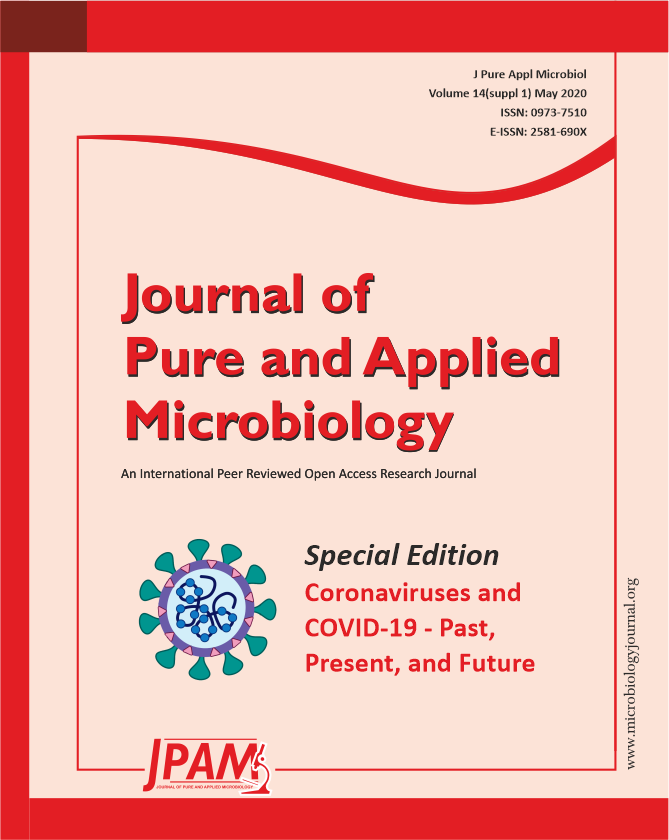Severe acute respiratory syndrome corona virus-2 (SARS-CoV-2), a novel coronavirus initially reported in Wuhan, China, is the causative agent of coronavirus disease (COVID-19) pandemic. Symptoms of the disease comprise of fever, tiredness, dry cough, aches and pains, nasal congestion, runny nose, sore throat, diarrhoea and pneumonia at the late stage. SARS-CoV-2 has severely crippled the healthcare system and has caused huge economic losses. Following the outbreak, the SARS-CoV-2 was recognized timely and its genome was sequenced, leading to the development of real-time polymerase chain reaction assays for its detection in clinical samples collected from suspected cases. The management of the pandemic is limited by a number of misconceptions and insufficient information about laboratory testing for SARS-CoV-2 to confirm the disease. This includes a lack of awareness about procedures for the collection, transport, testing, and handling of biological samples for COVID diagnosis. This article provides an overview of the current laboratory diagnostic methods with a purpose to provide information and guidance to laboratories, stakeholders, broader community and especially public health professionals involved in laboratory testing for SARS-CoV-2.
COVID-19, SARS-CoV-2, molecular diagnosis, RT-PCR, prevention, control
© The Author(s) 2020. Open Access. This article is distributed under the terms of the Creative Commons Attribution 4.0 International License which permits unrestricted use, sharing, distribution, and reproduction in any medium, provided you give appropriate credit to the original author(s) and the source, provide a link to the Creative Commons license, and indicate if changes were made.


